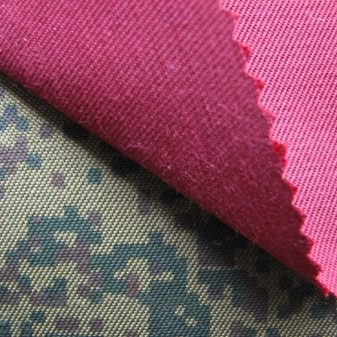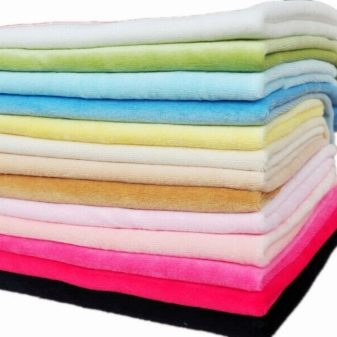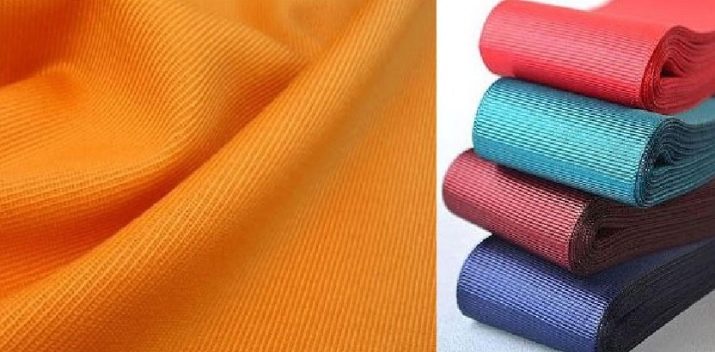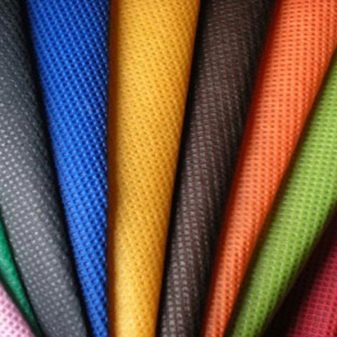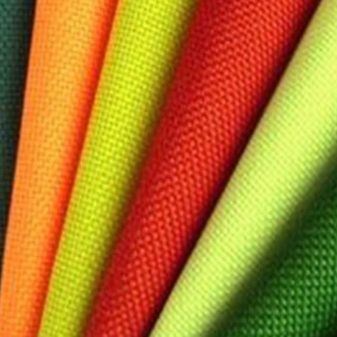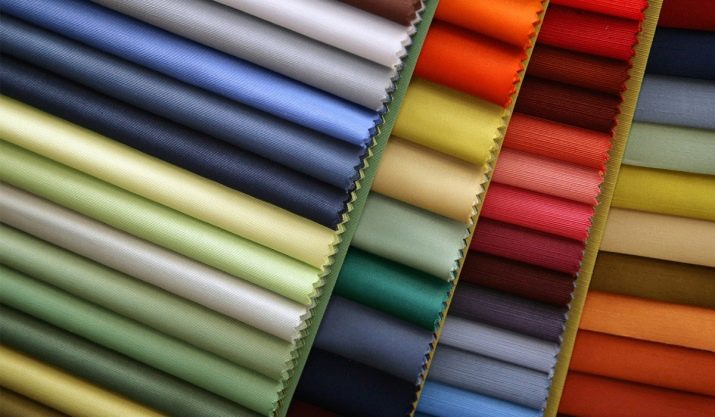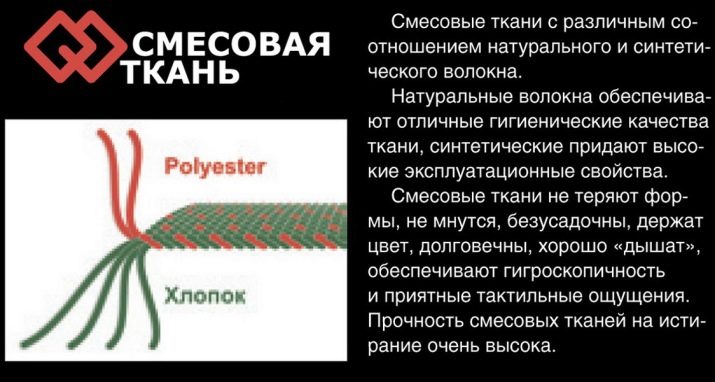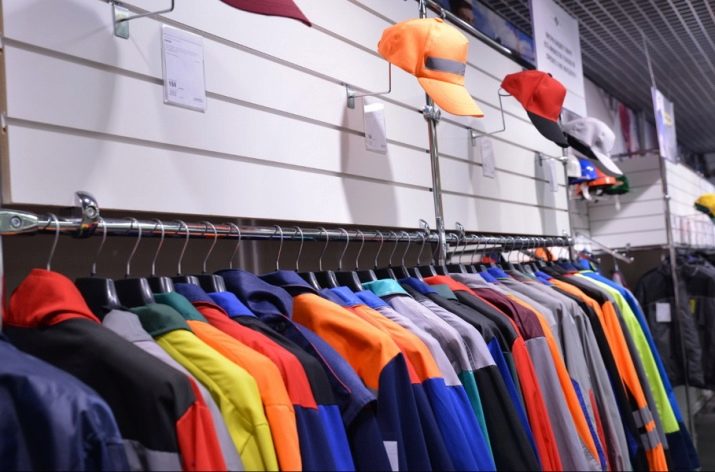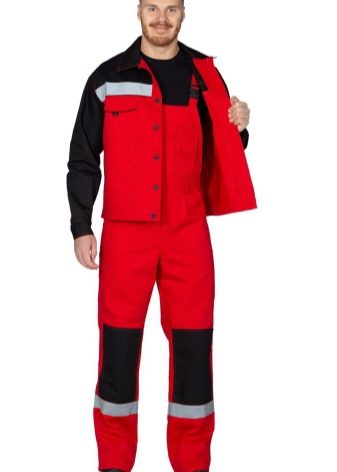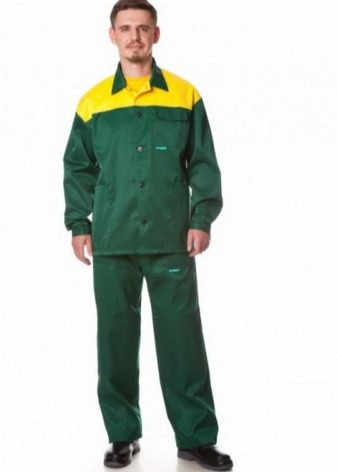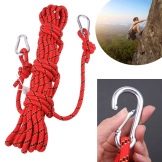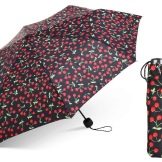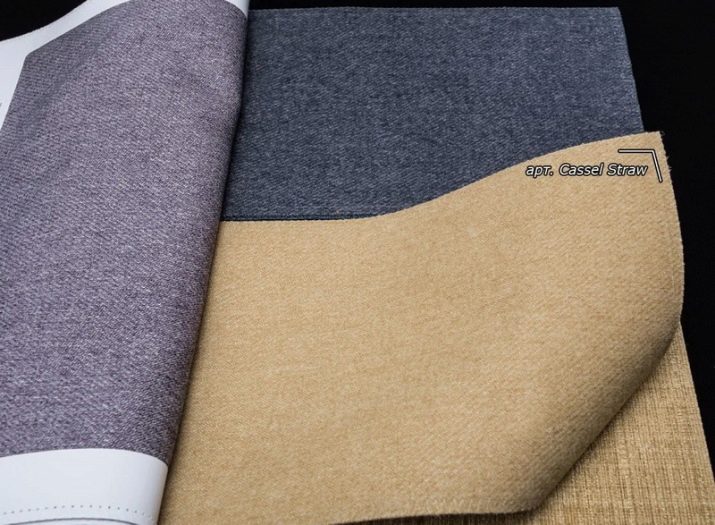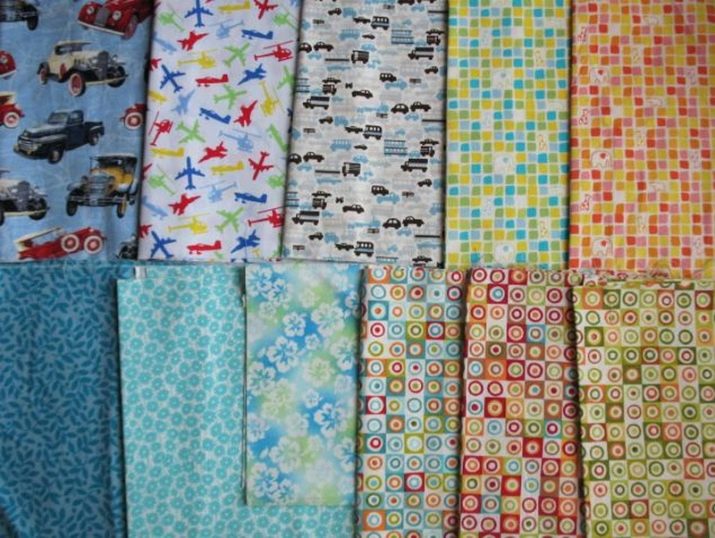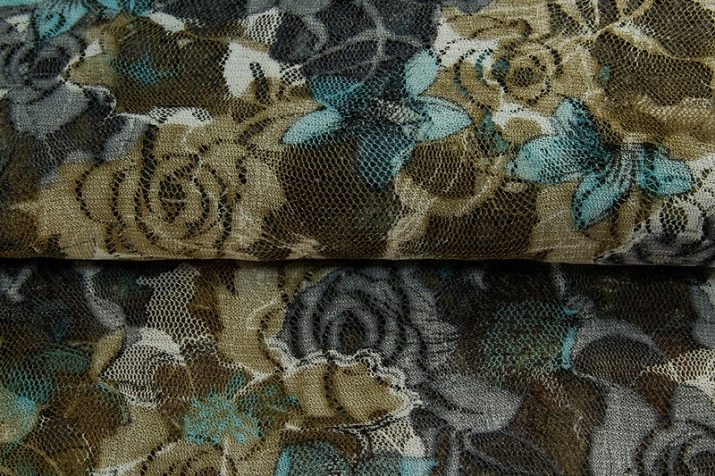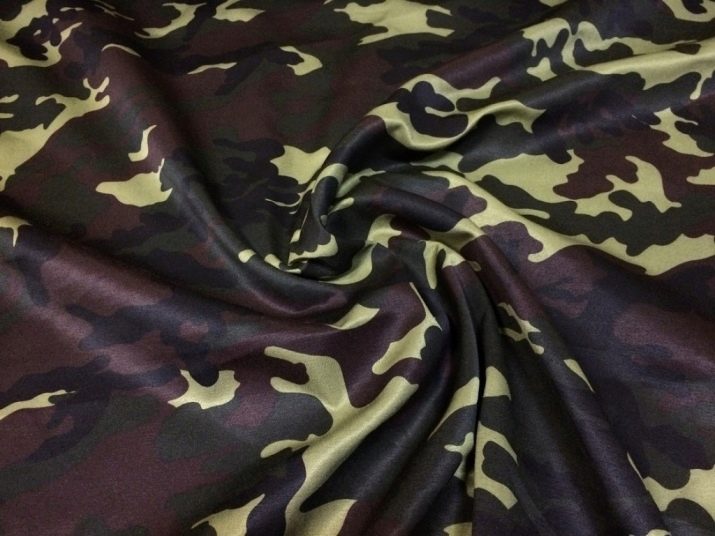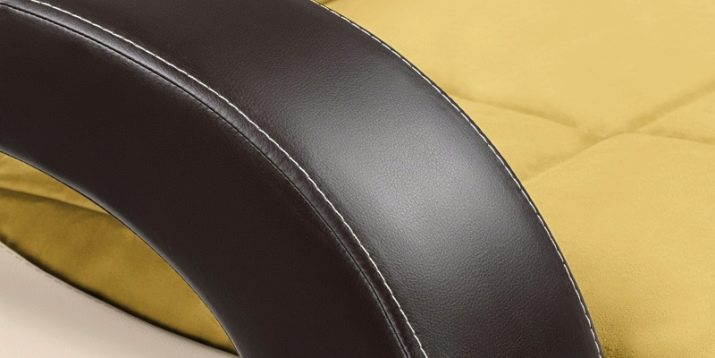Blended fabrics: what are they and what properties do they have?
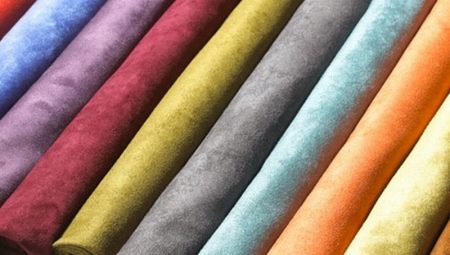
Blended fabric - a unique and practical matter. Due to its universal composition, it has optimal properties and has a wide range of applications. The fabric is so widespread that every person in his wardrobe or textile will definitely find such a thing. Showing imagination, manufacturers produce its various types, which easily and usefully find their application in everyday life.
What it is?
Already in the name of matter lies its secret. Blended fabric is a mixture of several types of different fibers. As a rule, these are natural and synthetic threads. The cloth can unite in itself 2 types of fabrics or more. The main goal is to choose their correct ratio in order to use their positive qualities to a greater extent. The result is a fabric that exhibits a maximum of positive properties, and its disadvantages are reduced to the limit.
Of the natural fibers for the basis of blended fabrics, cotton is often chosen. It provides fabrics with natural properties surrounding the body with comfort: breathability, pleasant sensations, softness, hygiene. From artificial fibers choose nylon, polyester and others that are responsible for the practicality of the material.
The combined fabric is obtained in two ways weave threads. As a result of one of them, a canvas is formed which does not have a front and seamy side - it looks the same on both sides. This is achieved by combining different fibers into one thread during the weaving process. At the same time yarn is produced, which unites the properties of all fibers.
Such a structure allows the fabric to be impregnated with various substances, enhancing its properties. For example, a water-repellent blend is used as an impregnation. This matter is easier to paint over. The second method involves such an interlacing of fibers, when the synthetic thread forms the face of the fabric, and the natural thread forms its inside. This gives the canvas attractiveness, but makes it impossible for the mixture to be impregnated with protective mixtures, since the different-sized threads on the wrong and front sides are unevenly exposed to this process.
But it also matters what kind of synthetic fiber is used to form the fabric. If the fiber is formed by the same threads, then the surface of the fabric becomes glossy. But at the same time there are difficulties with opening.
If the fibers are not uniform, then this fabric has a matte surface. Of course, it deprives it of some gloss, but in circulation it is much easier glossy.
The smoothness of the fabric surface is affected by the spinning method. Air spinning implies the presence of open thread tips. Due to which the fabric gets a rough, fluffy look. Such a canvas does not fall apart. Holds mechanical friction. Ring spinning leaves no tips, making the fabric more smooth, giving it shine.
Composition and characteristics
The composition of blending is quite diverse, because for its production use a variety of combinations of fibers. There are some standards established by the state standard. According to its rules, the following fiber ratios are allowed:
- 70% cotton + 30% polyester;
- 60% synthetic fibers + 40% wool.
But despite the standards, the combination of synthetics and natural yarn can be the most diverse. Therefore it is worth paying attention to the composition of the fabric on the label when buying it.
The blending properties depend on what types of canvases form it.But the main characteristics of such a fabric - is the density, strength and durability. Synthetic fibers have such properties. And also they provide a cloth good hygroscopicity. Natural threads, on the other hand, give fabrics hypoallergenic properties, hygiene and safety. Blended fabric finds its application in a wide variety of areas.
Due to its durability, breathability and naturalness, the mixture is widely used for sewing workwear. If the fabric has a high content of cotton fiber, it is perfect for overalls in the field of aviation and gas industry. From the fabric with a predominance of synthetic yarns, in particular, polyester, sew overalls for workers in the medical, engineering, metallurgical industries, as well as for builders.
Mixing with refractory impregnation is relevant in the fuel and energy production. Fabric with a water-repellent, wind-resistant and dirt-resistant coating is used for the production of clothing to those services whose work is associated with a long stay on the street: police, traffic police, MOE, repair services. And also the combined fabric is used for tailoring for hunting, fishing, sports, tourism, uniforms for employees of hotel and restaurant complexes. Any area that values and requires convenience, as well as the practicality of its equipment, uses a similar canvas for its tailoring.
The properties of the combined fabric make it possible to produce comfortable, practical clothing resistant to various temperatures, moisture and pollution. And her extended color palette makes it possible to make her beautiful and attractive. Due to the practicality of the mixed fabric, it is perfect for everyday wear: bathrobes, blouses, dresses, trousers, skirts, costumes.
Such things turn out convenient, not constraining movements, warm and comfortable. That is, they have all the qualities of clothing for everyday or home socks. Mixing is also suitable for the production of outer clothing: jackets, overalls.
In addition to clothing, made of blended fabric:
- tents;
- umbrellas;
- bags and covers for various equipment;
- car awnings;
- mountaineering gear;
Advantages and disadvantages
With many positive qualities, blended fabric is very popular. Among its advantages you need to highlight:
- strength, durability in use;
- high performance;
- attractive appearance;
- absorbs moisture well and lets air through, allowing the body to breathe;
- comfortable sensations when in contact with the body;
- does not sit down;
- it is not rumpled, well holds a form;
- does not fade and permanently retains the original color;
- resistance to dirt, moisture, various temperatures;
- hypoallergenic;
- affordable price;
There are practically no problems with the operation of such fabric. It can be difficult to open, which depends on the structure of the fiber. Some inconvenience brings the wrong ratio of natural and artificial threads. With too high a content of the first canvas greatly wrinkled, the excess of the second reduces the ventilation properties of matter.
But in general, mixed fabric is practical, durability and comfort.
Kinds
There is a wide variety of types of mixers. And this is due to all sorts of combinations of threads in its composition. Consider the most common types of blended fabrics.
Guipure
The well-known fabric is representative of blending. It consists of several types of fibers: silk, viscose, cotton. Of synthetic threads in its composition includes polyester or lurex. There are several varieties of it that differ in the method of dressing, the materials used and, accordingly, the price. Elegant evening dresses are made of guipure, used as inserts for various items of clothing, for underwear. In addition, the guipure is decorated with shoes, bags, curtains, tablecloths, bedspreads.
This fabric is distinguished by good air conduction, ease of care, permissible elasticity. It is universal, as it is used for all sorts of finishes and is suitable for any type of figure. It can be combined with almost any kind of fabric. The disadvantages of guipure include delicacy. It is rather thin, due to which it is subject to puffs and arrows.
With care defects, the fabric is deformed. And some of its varieties, in particular, handmade, are very expensive.
Greta
It contains 55% cotton and 45% polyester. The fabric is created by twill weaving. That is, on the seamy side there is cotton, which creates warmth and makes clothing pleasing to the body. Outside, the synthetic layer protects the fabric from moisture, precipitation, gives the product strength and durability. Thus, the comfort from the inside and the protection from the outside make it hot for sewing outerwear, usually as a uniform. Ease of care, resistance to damage, shape preservation are impressive pluses of the canvas.
Teredo
The fabric contains 67% polyester, 33% cotton. The fabric is loose, but it keeps its shape well and is represented by a variety of colors. Especially impressed with the rules of caring for her. Teredo maintains frequent washing at 80 ° C, allows bleaching with chlorine-based products to maintain the color of the white linen. For a long time, retains its original color. Overalls for workers of medicine, the food industry, restaurant chains, hotel personnel are made of the material. After all, the requirement for all these types of uniforms is the same: convenience, cleanliness, and therefore frequent washings, as well as the preservation of impeccable appearance. In all respects, the fabric conforms to European standards.
Membrane tissues deserve special attention. Membranes are applied to their surface in the form of an impregnation or coating that protects the product from the effects of low temperature and precipitation. But at the same time, they are not hot, they allow the body to breathe. From such fabrics, outerwear is produced for those whose activities involve being in harsh weather conditions: mountaineers, guards, patrol, rescue workers, repair services and others.
When contaminated such products is enough to wait until the dirt dries, and remove it with a brush or dry cloth. You do not need to iron them, but you can wash them with your hands or in a typewriter.
Memory
Thick fabric, but well breathable. Its surface is matte, and matter itself creates a feeling of comfort and coziness. The very name of the fabric is interesting. Translated from English means "memory." And it is no coincidence that it was called so. The canvas is able to memorize the outlines of the form that is attached to it. It disappears only if you smooth the surface with your hands. In the same way you can get rid of unwanted creases and folds. But this property is preserved under the condition that only 30% of cotton is present in the composition of the canvas. Such material is used to make suits, coats, jackets.
Eco-leather
This is a relatively new material. It is a mixture of polyurethane and cotton base. It is well breathable, withstands temperature extremes and has an attractive appearance. In addition, it is much cheaper than genuine leather. Among the shortcomings are sensitivity to chemical agents and a high probability of mechanical damage. Clothes from this material can wipe. Apply eco-leather for furniture. Moreover, this material is warmer and more pleasant than the skin itself. From it sew all sorts of clothes: pants, skirts, dresses, jackets. And such a matter is great for making accessories. It turns out beautiful wallets, brooches, bags and even diplomatic briefcases.
Care Tips
Blended fabric is very easy to operate. But buying a product from it, still pay attention to the label. There are varieties of matter, which, for example, should not be washed by hand or machine.They require dry cleaning services. Or there are temperature limitations. These features are necessarily indicated on the labels. As for the general requirements, they are quite simple:
- wash at 40 ° C;
- hand or machine wash;
- minimum washing time;
- do not use bleach, conditioners, although some fabrics can withstand the actions of such substances, which, again, you can find out by looking at the label;
- ironing things is necessary, not every fabric needs it;
- Ironing is performed at a temperature of 120-180 °.
Blended fabric is a versatile canvas used for the production of clothing and many accessories. It has maximum advantages and minimum disadvantages, which makes it one of the most popular materials in any field.
For how to choose a blended fabric for workwear, see the following video.

